A plant that has been introduced, intentionally or passively, to a new geographical area is non-native, but not necessarily invasive. Invasive plant species display particular characteristics like fast growth, high seed production, and rapid maturation that—when combined with a lack of the natural predators and diseases that help control them in their native environment—allow them to rapidly grow and spread, overwhelming and displacing native vegetation. National parks in the San Francisco Bay Area are crucial natural refuges in a largely developed area. Invasive plants threaten these sanctuaries by permeating the landscape, altering ecosystem processes, and deteriorating habitat for many native plants and animals, including rare, threatened, and endangered species.
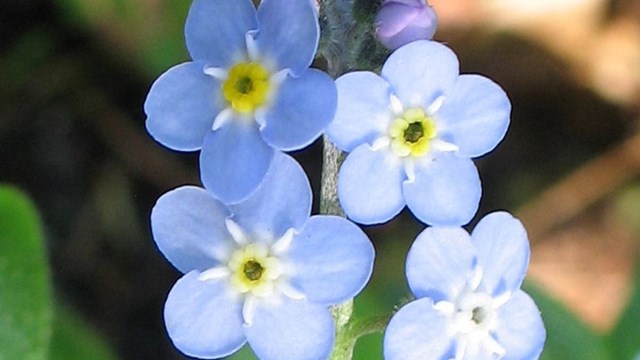
Browse articles and information summaries about invasive plants in the San Francisco Bay Area.
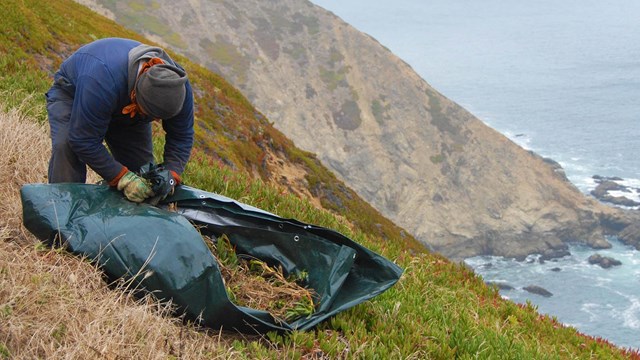
Get the latest on invasive plants from the Bay Area Nature & Science Blog.
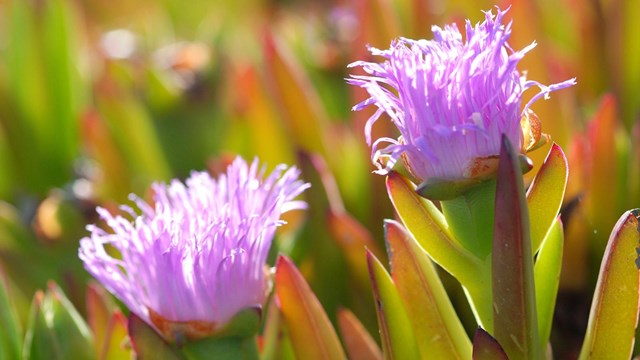
Want to know more? This is your source for further information on invasive plants in the San Francisco Bay Area.
Long-term Monitoring
Being near developed areas also means that the parks are subject to a continuous barrage of non-native and invasive species growing nearby. Managing this constant stream of invaders is a daunting task. The San Francisco Bay Area Network Early Detection Program focuses on identifying, mapping, and eradicating the most invasive plant species before they become wide-spread. Since early detection began in 2008, NPS staff, interns and volunteers have mapped more than 5,000 priority invasive plant populations over more than 1,000 miles of roads and trails.
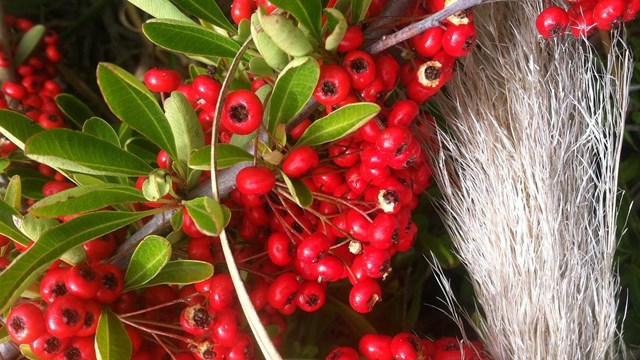
Dig in to monitoring protocols, reports, and more on the San Francisco Bay Area Network's Invasive Plant Monitoring page.
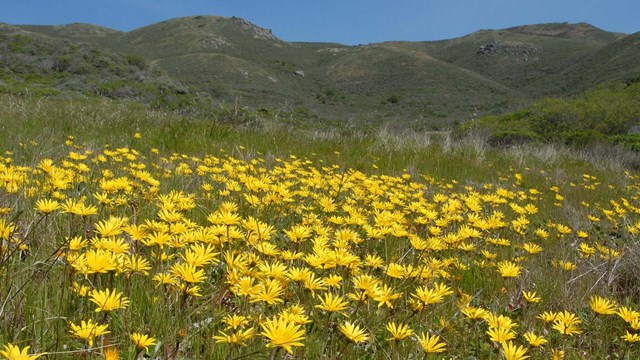
Keep up with the latest numbers as the National Park Service monitors invasive plants.
Last updated: July 5, 2018
